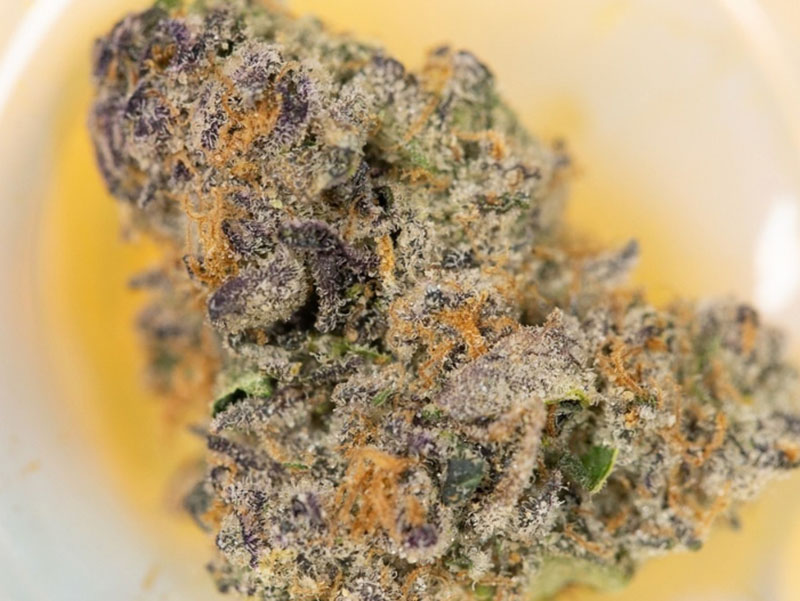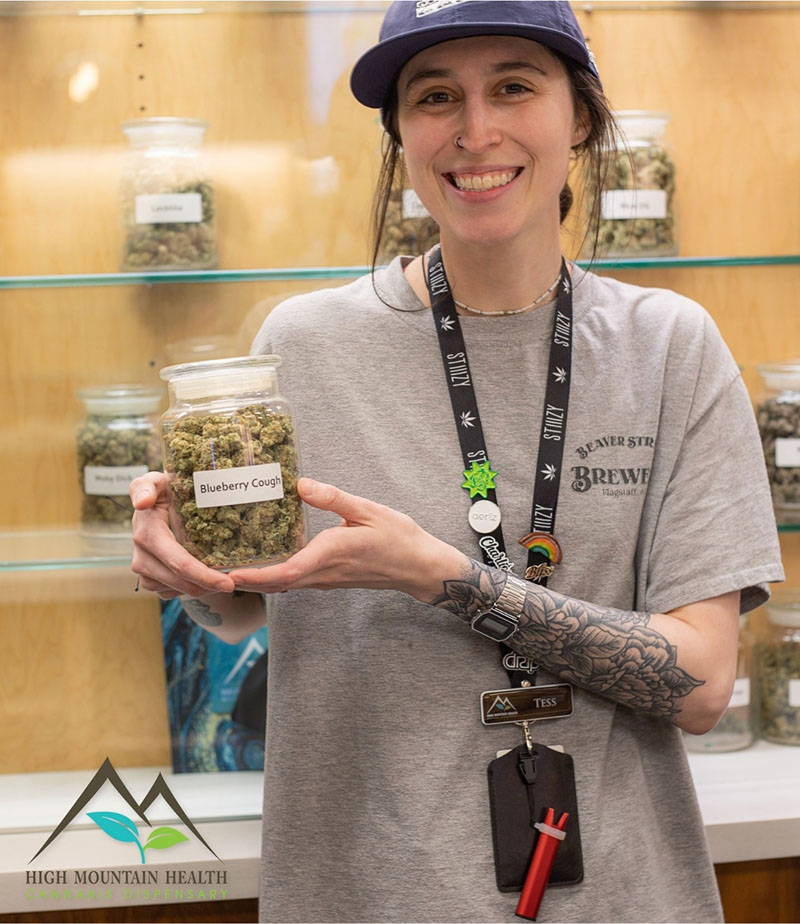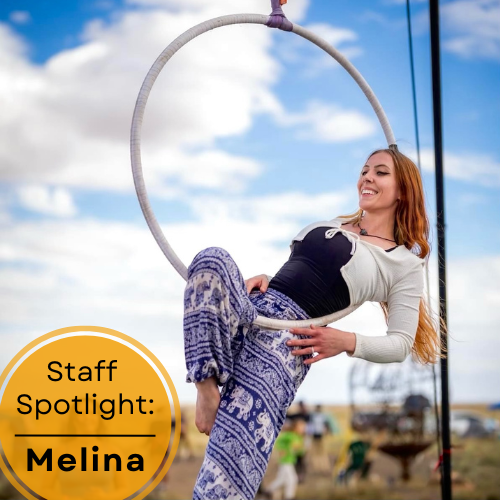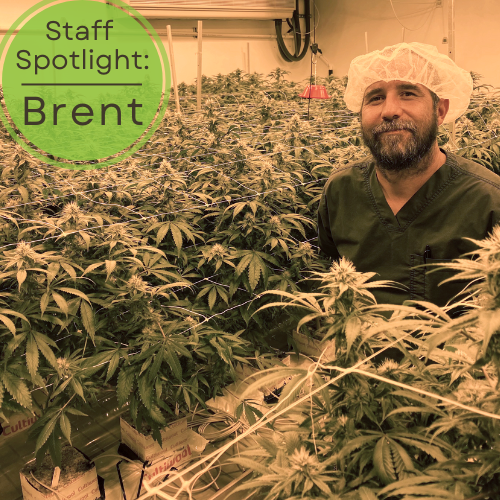What the devastating wildfires of October 2017 mean for recreational cannabis in California and the industry.

The remains of a cannabis crop badly burned by the wildfires in northern California. (Mason Trinca for the Washington Post)
The sky was an eerie orange and ashes fell from the sky like snow as four major wildfires burned north of San Francisco in early October.
The devastation wrought on Sonoma and Napa counties in northern California was truly realized as the flames slowly receded: 42 people died and residents recounted harrowing stories of leaving their belongings behind as they fled the flames in the dead of night. Among the hardest hit was Santa Rosa, a community in Sonoma County. Apocalyptic photos of charred, leveled remains of neighborhoods emerged—people returned to sift through the ashes for any surviving remnants of their homes and businesses.
Fire suppression in 2017 cost billions of dollars and rebuilding the impacted area will cost billions more. Correspondingly, the devastation in the area shattered previous records; as a result, recovery will undoubtedly take years. The wildfires were at the center of the most important region for two industries: wine and cannabis. Rolling hills of vineyards characterize Sonoma and Napa counties.
According to The Atlantic, the region's wine industry generates $10 billion in sales and employs roughly 40 percent of Napa county's workforce. The counties attract wine tourists from all over the world. This year, winemakers had to make split-second decisions as fires cornered their crops.
Similarly, cannabis farmers watched as the fires threatened their plants as well. The Redwood Complex fire threatened cannabis crops in Mendocino County, one-third of the so-called Emerald Triangle. Cannabis growers have lived and tended to their crops in The Emerald Triangle—Mendocino, Humboldt and Trinity counties—for generations. These wildfires threatened to reduce years of work to a charred wasteland.
Ashley Oldham, a cannabis grower in Mendocino County, had to leave her cannabis crop behind as the quick-moving flames neared. In an interview with Rolling Stone, Oldham describes sneaking back to her farm post-evacuation to check on her home and plants, even hosing down a large tree to prevent it from falling on her greenhouse. She says she has invested $80,000 in her farm, joining the countless other farmers who have spent thousands to ensure their grow facilities meet California's extensive legal requirements. Additionally, Santa Rosa-based cannabis operation CannaCraft, Inc., saw $1 million worth of cannabis destroyed in the fires. They lost many structures as well.
Last November, California legalized recreational cannabis. The law states adults 21 and older can legally possess limited amounts of cannabis and up to six plants in a private residence. The fledgling industry is projected to bring in billions in tax revenue to the state, despite not being as established as winemaking. California follows in the footsteps of other states who have reaped the benefits of legalizing recreational cannabis, such as Colorado, Oregon, and Washington.
Recreational dispensaries plan on opening in January 2018. How will the wildfires affect their ability to sell cannabis?
If anything is certain, some dispensaries may not be able to open as soon as January. The industry relies on growers, many of whom lost their homes, greenhouses, and crops. As of date, these fires caused extensive damage on 34 cannabis farms. Additionally, many of these farmers, such as those at CannaCraft, Inc., do not have insurance due to incredibly high costs. By the same token, cannabis remains federally illegal, which also prevents many operations from being insured.
“We’ve lost millions of dollars of product for sure,” said Ned Fussell, CEO of CannaCraft to Marketplace. “And we have no insurance.”
He adds the fires will have a "profound effect" on the industry.
The smoke from the wildfires may also inhibit cannabis quality, even if the crops weren't in the direct path of the flames. Therefore, strains may now smell and taste like smoke. The reduced supply of viable cannabis may drive prices up for the consumer.
“You’re looking at the difference between $800 to $1,500 a pound to now getting $100; it’s a huge blow," says Chiah Rodriques, chief executive of Mendocino Generations, in an interview with the Washington Post.
This loss of revenue is catastrophic for many operations, who already face high costs as is. Growers are forced to reckon with the possibility of starting over, from scratch. This means finding new seeds, rehabilitating the soil and reliving the labor it took to have a successful crop. Some aren't sure they'll be able to recover.
In spite of the irreversible damage, history has shown: those involved in cannabis are resourceful. The industry has overcome many hurdles, both legal and otherwise—this is just another obstacle, albeit a difficult one, to approach with confidence. Moreover, California legalized cannabis, legitimizing some aid growers may receive. If growers still relied on the black market, recovery would be near impossible.
Oldham, the grower in Mendocino County, feels optimistic about the future.
"I'm not going to sit here in my burnt-down house and cry about it," Oldham says to Rolling Stone. "The only thing I can do is keep my chin up and put one foot in front of the other. This will be like starting over. But I think, with the support of my community, I can pull it off."












